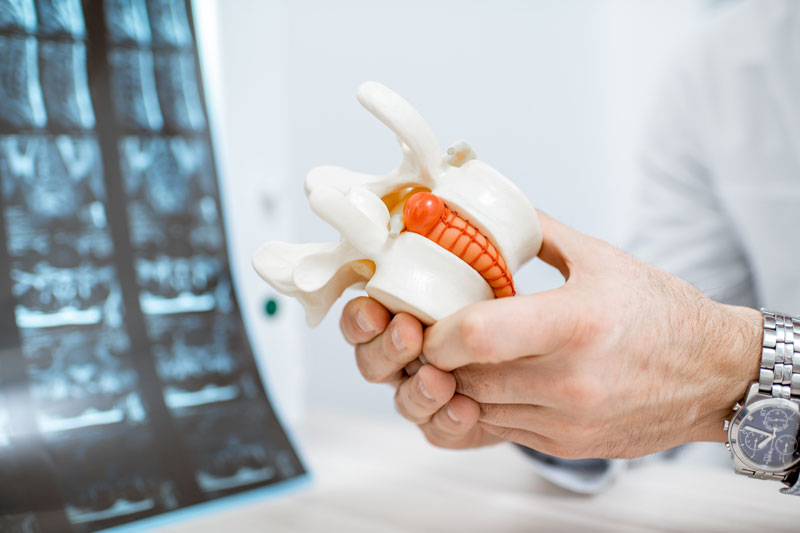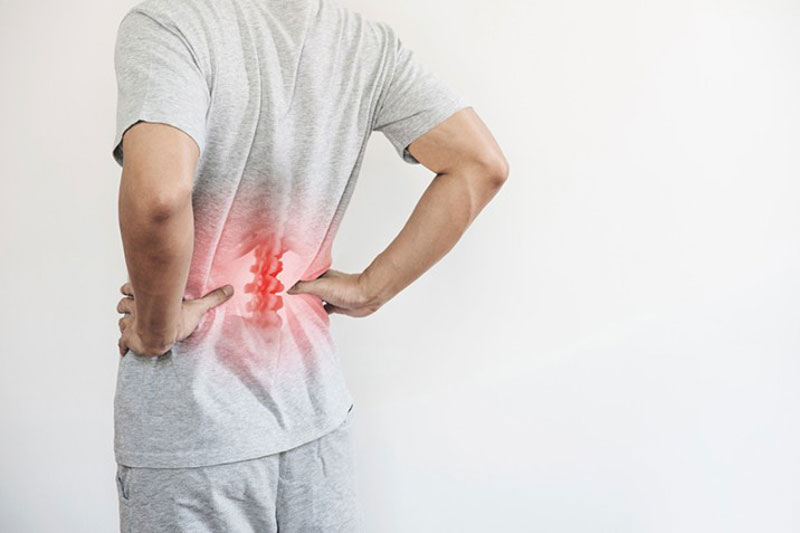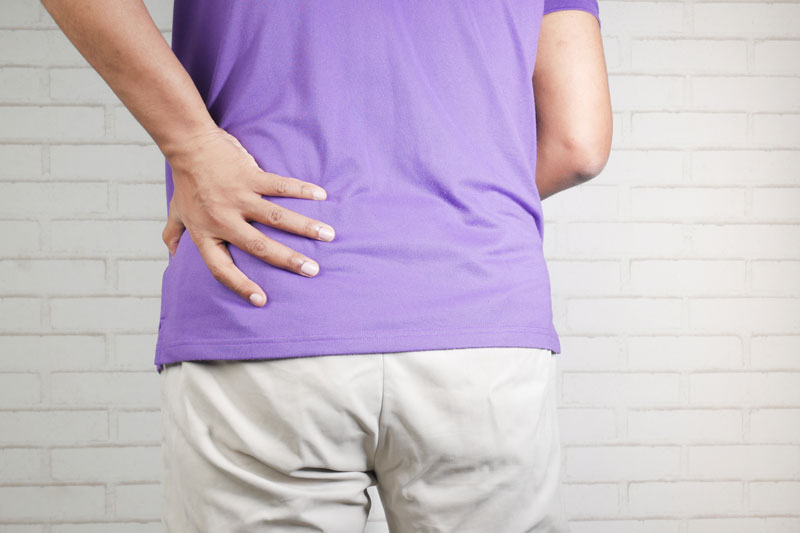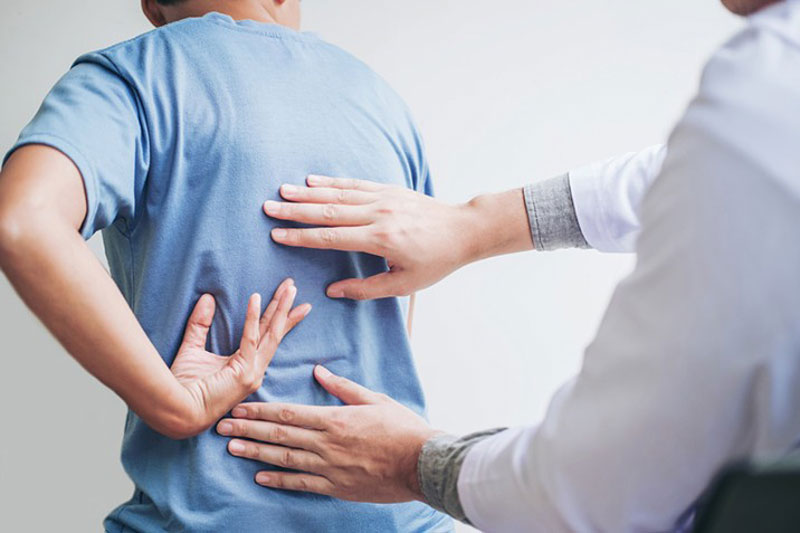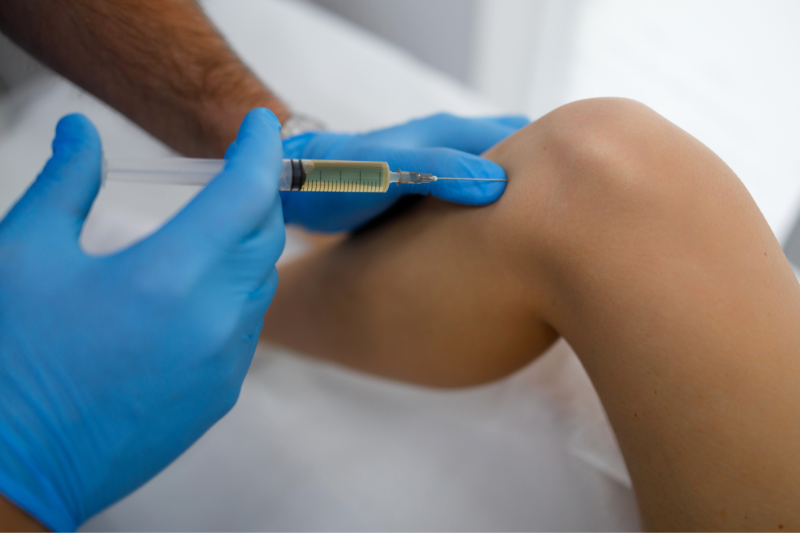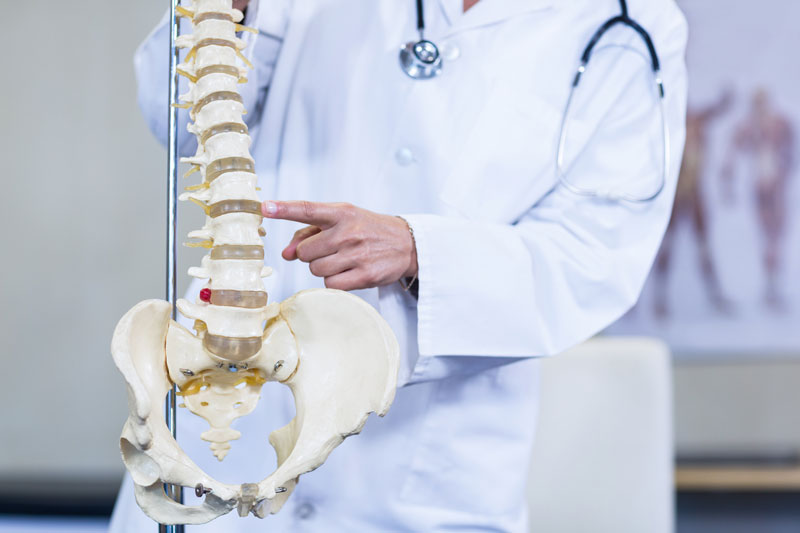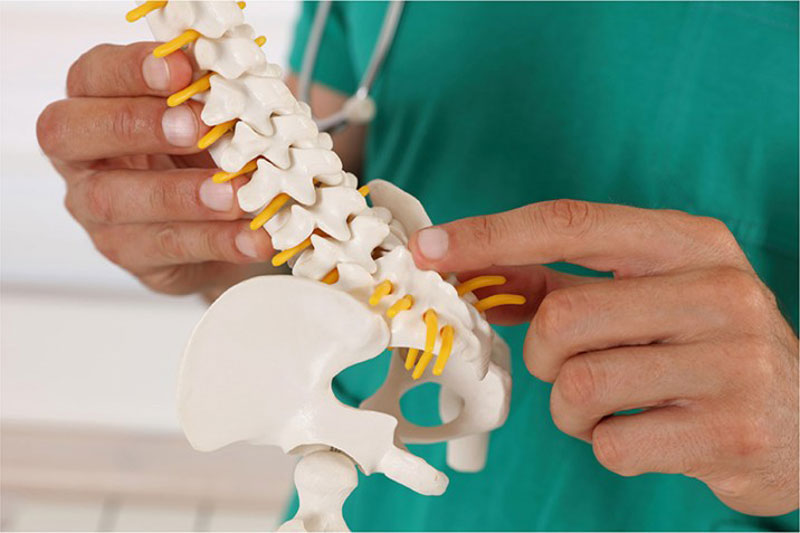What is Upper Back Pain?
Your spine consists of 33 interconnecting vertebrae that are held together by ligaments. Attachment points for your ribs and back muscles are present between the supportive vertebrae. Intervertebral discs separate each vertebra, providing crucial cushioning and promoting flexibility.
There are five sections to your spine:
- Cervical
- Thoracic
- Lumbar
- Sacral
- Coccygeal
The thoracic portion (the upper back) of the spine begins at the base of the neck and extends to the lower back, roughly six inches below the bottom of the shoulder blades. This region consists of 12 medium-sized vertebrae, as opposed to the delicate vertebrae of the neck and the solid, heavy bones of your lower back.
These thoracic vertebrae are in charge of linking the ribs to the breastbone. This bony cage protects your organs, including your heart, lungs, and liver. When any section of the thoracic spine deteriorates or is damaged, it can cause pain and limited movement in your upper back.
What Causes Upper Back Pain?
The thoracic portion of your spine supports the core of your body structurally. Myofascial damage is the most common cause of pain in this area. It occurs due to muscle and ligament injury sustained in an accident or trauma.
Other possible reasons for upper back pain include:
- Chronic bad posture
- Strain during exercise
- Nerve irritation
- Thoracic facet joint pain
- Arthritis
- Bulging or herniated discs
- Spinal stenosis
Disc Issues:
Bulging or herniated discs are two less prevalent reasons for upper back pain. You have excessive pressure on your intervertebral discs after trauma or as the discs degrade over time. The discs may protrude into the spinal column, putting pressure on the nerves and producing pain.
If this condition persists, the disc may rupture and herniate. When a disc herniates, the discomfort might become intolerable, necessitating more interventional treatment. Nerve discomfort can occur due to both bulging and herniated discs. This nerve discomfort can cause shooting pains in your limbs and other parts of your body. If you don’t treat this radiculitis (radiating or shooting nerve pain), it can lead to additional problems, too.
Injuries Caused By Trauma:
Back pain might be due to a traumatic injury. It could be the result of situations such as:
- Motor vehicle accidents
- Slipping and falling at work
- Lifting inappropriately, and working out too hard
- Sometimes the pain may not appear until later in the day or the next day. Traumatic injuries can be severe, and difficulties such as cracked vertebrae put a person in danger of long-term repercussions such as chronic pain, nerve damage, and paralysis.
Spinal Stenosis:
Spinal stenosis is a major cause of upper back discomfort. The most common causes of this disorder include arthritis, herniated discs, congenital abnormalities, or Paget’s disease.
How is Upper Back Pain Diagnosed?
Acute and chronic pain are the two types of pain. Because the thoracic area is in charge of protecting vital organs, acute upper back pain can be life-threatening. It is best to seek immediate emergency care if your pain is sudden and inexplicable. Upper back pain is a frequently overlooked indication of a heart attack in women.
Chronic upper back pain lasts three months or more. Any of the above-mentioned disorders, as well as heart disease, gastric reflux disease, or even pulmonary illnesses, might cause it.
Your doctor will do a physical exam and detailed medical and family history to establish the reason for your pain. An MRI, CT scan, or X-ray may also be helpful to search for damage or evident trauma to the spine or surrounding muscles. Your doctor will develop a treatment plan. This plan should ease your symptoms while addressing the source of your pain.
Treatment Options for Upper Back Pain
Upper back pain treatment may begin with a lifestyle change. These frequently include:
- Physical therapy
- Changes to improve posture
- Changes to the diet to maintain a healthy weight
- Yoga and other complementary medicine treatments (such as acupuncture, chiropractic, and massage) can relieve upper back pain.
The following are some more interventional treatment options for upper back pain.
1. Medications:
NSAIDs (or ibuprofen-like pharmaceuticals), acetaminophen (Tylenol), muscle relaxants, and membrane-stabilizing agents are frequently beneficial in treating acute upper back pain.
2. TENS Treatment:
A transcutaneous electrical nerve stimulator (TENS) is a non-invasive method of interfering with pain impulses in the brain. It replaces pain with a mild tingling sensation that the patient can control.
3. Medial Branch Blocks (MBBs):
Medial branch blocks are a non-surgical, minimally invasive treatment for arthritis-related neck and back pain.
These prevent pain signals from reaching the brain and can also be a diagnostic tool.
4. Epidural Steroid Injections:
Epidural injections can treat degenerative disc degeneration and other types of pain.
5. Facet Injections:
These minimally invasive injections can provide relief from neck or back pain caused by irritated facet joints. These are put directly into the afflicted vertebrae’s facet joint and can benefit pain and range of motion.
6. Surgery:
Surgery is a last-resort treatment for upper back pain. It should be considered only when more conservative treatments have failed.


